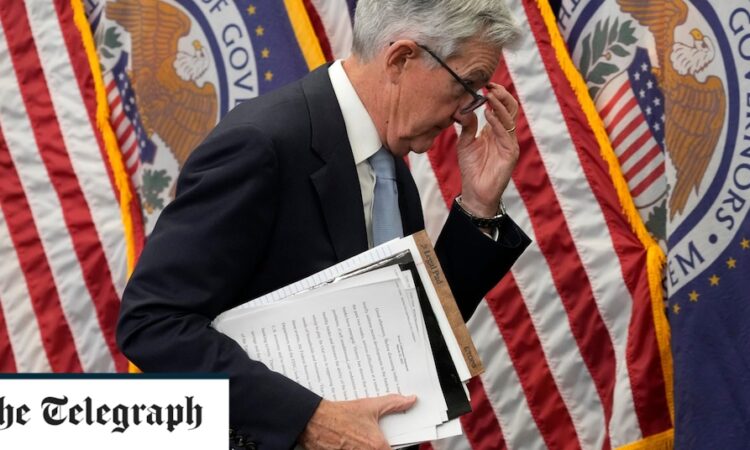
First Republic lends to technology start-ups, but it chiefly came unstuck on commercial real estate. It will not be the last on that score. Office blocks and industrial property are in the early stage of a deep slump. “Where we stand today is a nearly perfect storm,” said Jeff Fine, real estate guru at Goldman Sachs.
“Rates have gone up 400 to 500 basis points in a year, and financing markets have almost completely shut down. We estimate there’s four to five trillion dollars of debt in the commercial (property) sectors, of which about a trillion is maturing in the next 12 to 18 months,” he said.
Packages of commercial property loans (CMBS) are typically on short maturities and have to be refinanced every two to three years. Borrowing exploded during the pandemic when the Fed flooded the system with liquidity. That debt comes due in late 2023 and 2024.
Could the losses be as bad as the subprime crisis? Probably not. Capital Economics says the investment bubble in US residential property peaked at 6.5pc of GDP in 2007. The comparable figure for commercial property today is 2.6pc.
But the threat is not trivial either. US commercial property prices have so far fallen by just 4pc to 5pc. Capital Economics expects a peak to trough decline of 22pc. This will wreak further havoc on the loan portfolios of the regional banks that account for 70pc of all commercial property financing.
“In a worst case scenario, it could create a ‘doom loop’ which accelerates a real estate downturn that then feeds back into the banking system,” said Neil Shearing, the group’s chief economist.
Silicon Valley Bank’s travails were different. Its sin was to park excess deposits in what is supposed to be the safest financial asset in the world: US treasuries. It was encouraged to do so under the risk-weighting rules of the Basel regulators.
Some of these debt securities have lost 20pc on long maturities – a theoretical paper loss only until you have to sell them to cover deposit flight.
The US authorities say the bank should have hedged this Treasury debt with interest rate derivatives. But as the Hoover paper makes clear, hedging merely transfers losses from one bank to another bank. The counterparty that underwrites the hedge contract takes the hit instead.






